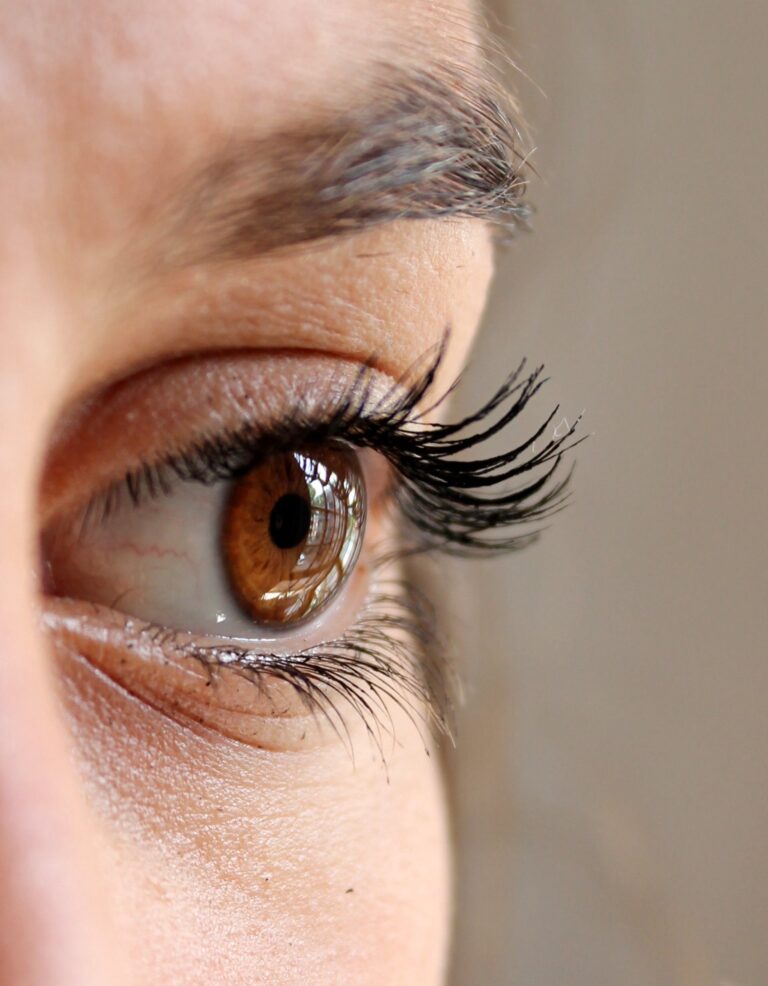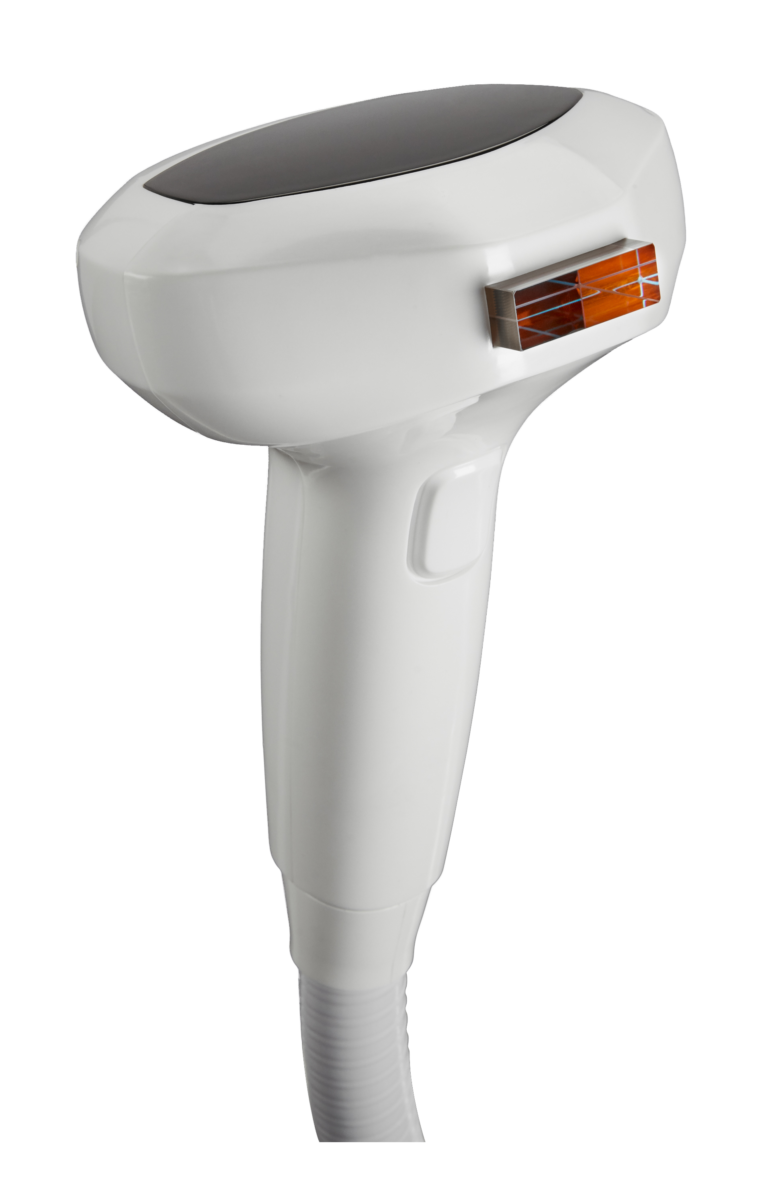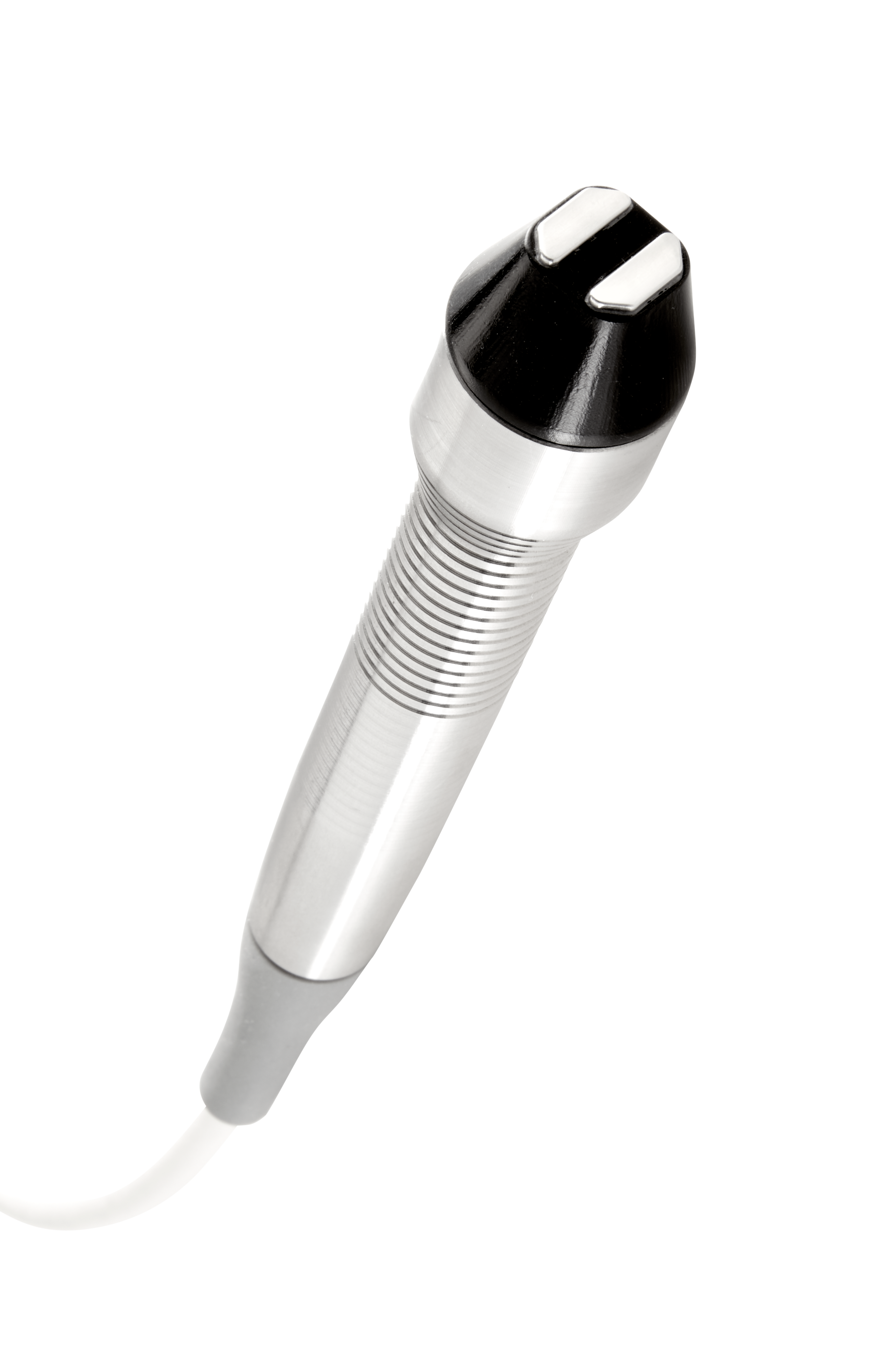Dry Eye Treatment

It is common for people to experience dry eyes, which happens when the tears fail to provide the required lubrication. This widespread condition occurs when the eyes fail to produce enough tears or when the tears evaporate too quickly. There are two main types of dry eyes: aqueous tear-deficient dry eye, and evaporative dry eye.
Aqueous Tear-Deficient Dry Eye
Insufficient water in the tear film can cause a condition known as aqueous tear-deficient dry eye. This condition can arise due to issues with the lacrimal glands that produce the watery layer of tears or systemic diseases that impact tear production.
Evaporative Dry Eye
Evaporative dry eyes occur when the meibomian glands in the eyelids are dysfunctional. These glands produce an oily layer of tears that prevent evaporation. The oily layer becomes thin or absent when the glands become inflamed or blocked. When tears evaporate quickly, it leads to dry eyes.
Symptoms of Dry Eyes
- A burning, itching, or stinging sensation in the eyes
- A feeling of having something in the eyes, such as sand or grit
- Redness and inflammation of the eyes and eyelids
- Sensitivity to light and wind
- Watery eyes or excessive tearing
- Mucus or stringy discharge from the eyes
Dry eyes can have various causes, such as aging, hormonal changes, environmental factors, medications, eye diseases, medical conditions, and contact lens use.
Treatment Options
If you are experiencing dry eyes, several treatment options may vary depending on the underlying cause and severity of the condition. We recommend scheduling an eye exam with our doctor to determine the most suitable action.
You can temporarily use artificial tears, eye drops, ointments, warm compresses, or other medications to manage dry eyes. These options can provide temporary relief from dry eye symptoms. Still, it is essential to note that they do not address the condition’s underlying cause.

Available at Clairhurst Eye Care are options that address the underlying cause of dry eyes and meibomian gland dysfunction (MGD). These procedures are non-invasive and painless. They also reduce your dependence on drops and medications.
- Intense Pulse Light (IPL) therapy
- Radio Frequency (RF) therapy
- Meibomian gland expression (in-office procedures to unblock the glands or stimulate oil production).
Intense Pulse Light (IPL) therapy
IPL therapy is a treatment for dry eyes that involves applying light pulses to the skin around the eyes. This procedure uses light pulses to gently warm and stimulate the meibomian glands in your eyelids to help stimulate oil production. These oils help stabilize your tear film and soothe dry eye symptoms. IPL can improve the quality and quantity of tears, reduce inflammation in the eyelids, and relieve dry eye symptoms.

Radio Frequency (RF) Therapy
Forma-I is a radiofrequency therapy that stimulates oil production in meibomian glands and addresses dry eye symptoms. This technology uses a radiofrequency device to warm your meibomian glands gently. The device has built-in temperature controls for safe and precise treatments. It is Health Canada-approved for the non-invasive treatment of the periorbital area and eyelids and the treatment of symptoms of dry eye disease due to meibomian gland dysfunction.

Dry eyes can have an impact on your eye health as well as your quality of life. Pay attention to the signs. Book an appointment today by calling 416-516-3937 or using the request appointment link below.
